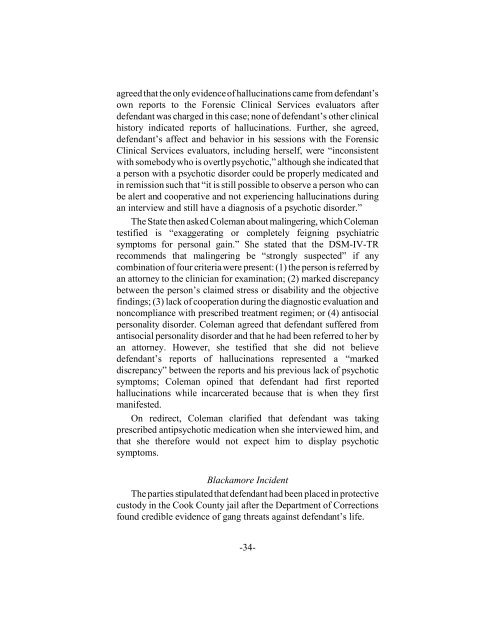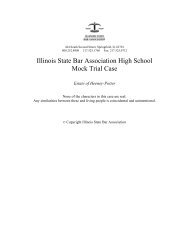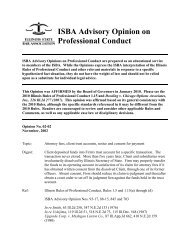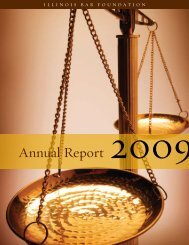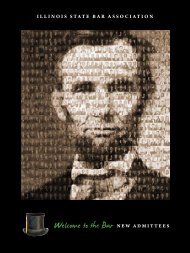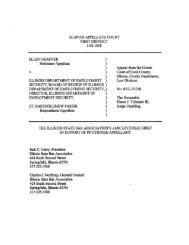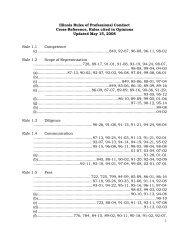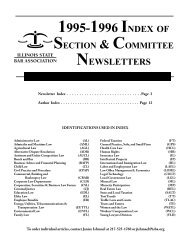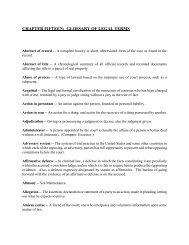Create successful ePaper yourself
Turn your PDF publications into a flip-book with our unique Google optimized e-Paper software.
agreed that the only evidence of hallucinations came from defendant’sown reports to the Forensic Clinical Services evaluators afterdefendant was charged in this case; none of defendant’s other clinicalhistory indicated reports of hallucinations. Further, she agreed,defendant’s affect and behavior in his sessions with the ForensicClinical Services evaluators, including herself, were “inconsistentwith somebody who is overtly psychotic,” although she indicated thata person with a psychotic disorder could be properly medicated andin remission such that “it is still possible to observe a person who canbe alert and cooperative and not experiencing hallucinations duringan interview and still have a diagnosis of a psychotic disorder.”The State then asked Coleman about malingering, which Colemantestified is “exaggerating or completely feigning psychiatricsymptoms for personal gain.” She stated that the DSM-IV-TRrecommends that malingering be “strongly suspected” if anycombination of four criteria were present: (1) the person is referred byan attorney to the clinician for examination; (2) marked discrepancybetween the person’s claimed stress or disability and the objectivefindings; (3) lack of cooperation during the diagnostic evaluation andnoncompliance with prescribed treatment regimen; or (4) antisocialpersonality disorder. Coleman agreed that defendant suffered fromantisocial personality disorder and that he had been referred to her byan attorney. However, she testified that she did not believedefendant’s reports of hallucinations represented a “markeddiscrepancy” between the reports and his previous lack of psychoticsymptoms; Coleman opined that defendant had first reportedhallucinations while incarcerated because that is when they firstmanifested.On redirect, Coleman clarified that defendant was takingprescribed antipsychotic medication when she interviewed him, andthat she therefore would not expect him to display psychoticsymptoms.Blackamore IncidentThe parties stipulated that defendant had been placed in protectivecustody in the Cook County jail after the Department of Correctionsfound credible evidence of gang threats against defendant’s life.-34-


